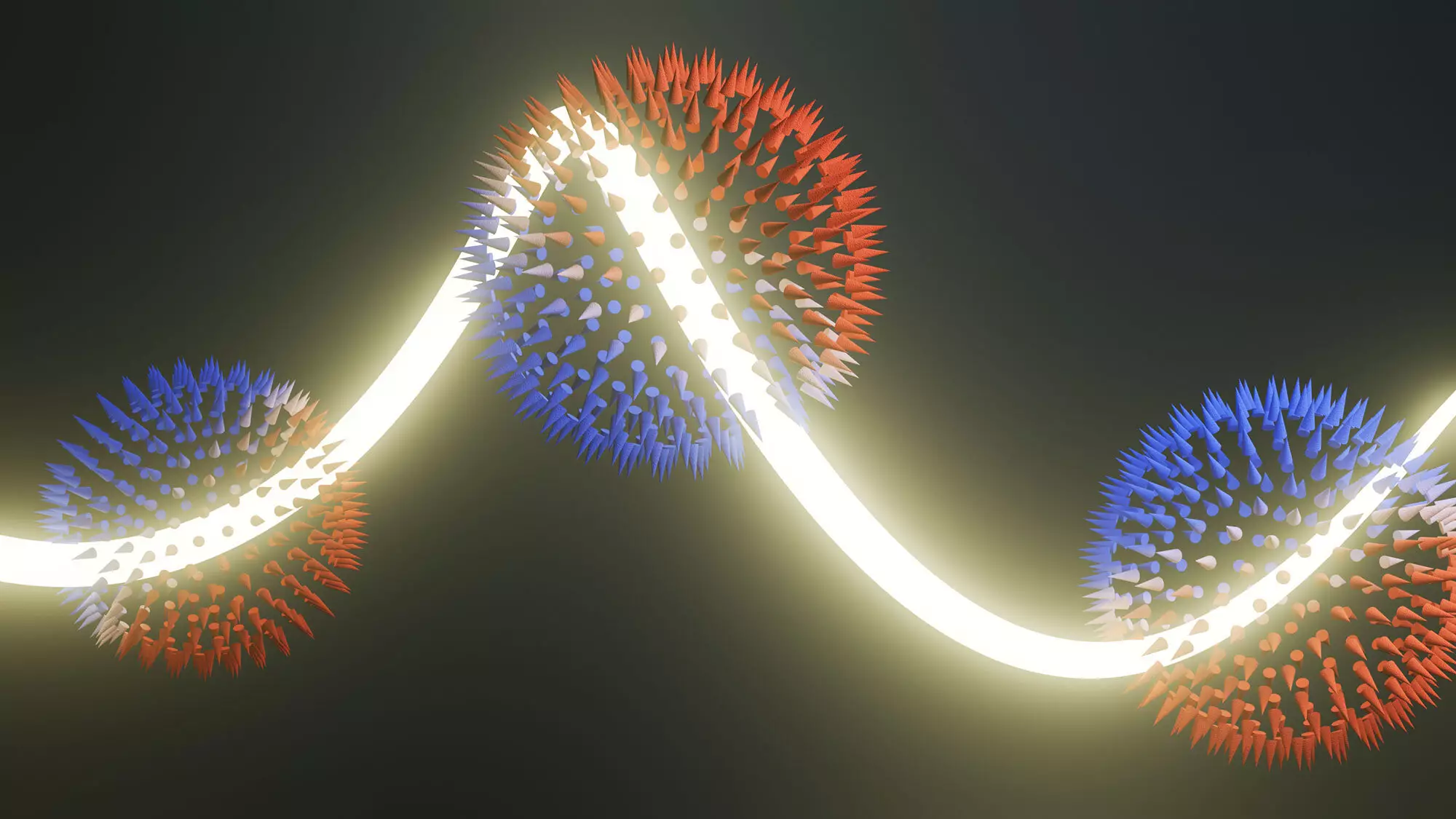The evolution of electronics has been dramatic, with each new wave promising greater efficiency and reduced environmental impact. Currently, we find ourselves on the cusp of another significant leap in the realm of technology: orbitronics. This emerging domain aims to leverage the orbital angular momentum (OAM) of electrons—a property born from their movement around atomic nuclei—to create a novel platform for information processing. Unlike conventional electronics, which depend primarily on the charge of electrons, orbitronics introduces an innovative mechanism that could revolutionize data transfer and storage.
A pivotal question within this research is how to harness and control OAM for practical applications. Recent advances in theoretical frameworks, supported by experimental evidence from reputable institutions, have shed light on this complex area of study. The combination of theoretical prowess and advanced experimental techniques highlights the promising future that orbitronics holds, particularly in energy-efficient memory devices.
At the heart of this scientific endeavor lies a class of materials known as chiral topological semi-metals, which were first identified at the Paul Scherrer Institute (PSI) in Switzerland in 2019. These materials are distinguished by their unique helical atomic structures, reminiscent of a twisted DNA molecule. This intrinsic “handedness” contributes to the generation of OAM textures, providing a compelling advantage over previously studied materials like titanium. Researchers including Michael Schüle, who have spearheaded investigations at this nexus of physics, emphasize that these OAM textures arise naturally without the need for external stimuli. This characteristic significantly simplifies the process of creating stable OAM currents.
Chiral topological semi-metals have emerged as the frontrunners in the quest to identify optimal materials for orbitronics. Their unique properties suggest that they could effectively generate flows of OAM that are both stable and efficient. The potential reduction in energy consumption marks a significant improvement over existing technologies, offering a pathway towards sustainable electronic devices.
A particularly enticing aspect of chiral topological semi-metals is the existence of OAM monopoles. Found where OAM radiates uniformly from a central point, these monopoles could allow dimensionless flows, effectively eliminating restrictions associated with directionality in existing electronic configurations. However, until recently, OAM monopoles existed predominantly in the realm of theory.
The research team’s breakthrough—reported in a recent study in *Nature Physics*—demonstrated their experimental existence using a sophisticated technique known as Circular Dichroism in Angle-Resolved Photoemission Spectroscopy (CD-ARPES). This advanced method captures information about electron behavior by observing the angular dispersal of electrons ejected from materials when exposed to circularly polarized light.
Despite the theoretical groundwork, significant challenges remained in translating this experimental data into tangible proof of OAM monopoles. The researchers faced a complex web of relationships within the experimental measurements, necessitating rigorous theoretical re-evaluation and innovative experimental techniques. A critical component of their success came from systematically varying the photon energies used during the experimentation. By meticulously analyzing the resulting data, they uncovered that the signals were not as straightforward as initially believed.
With the successful detection of OAM monopoles, researchers can now explore the configurations and behaviors of these flows under various conditions. An important revelation was that the directionality of OAM monopoles could be reversed based on the chosen crystalline chirality. This control could lead to new applications in orbitronics, where devices may not only function with different operational modes but also exhibit diverse functionalities based on their inherent properties.
The implications of these findings extend beyond mere theoretical interest. They signal the potential development of advanced electronic devices that consume considerably less energy while maintaining or even enhancing performance. The ability to efficiently manipulate OAM opens up new avenues in memory storage and data transmission—core challenges in today’s fast-paced technological landscape.
As we stand at the intersection of theory and practical application, orbitronics is poised to become a fundamental pillar of future technologies. Through continual exploration of materials, particularly those rich in intrinsic OAM characteristics like chiral topological semi-metals, researchers are tasked with pioneering innovations that challenge the boundaries of traditional electronic systems. The road ahead, paved with scientific inquiry and experimentation, promises to redefine how we approach information processing in an energy-conscious world.


Leave a Reply